A slice of late March slipped into early February today, not quite warm but certainly not cold, windy and a scattering of rain. The atmosphere was charged enough to set of the waaah-waaah lightning warning gizmo installed in the park within sight of my back yard. Hadn’t heard its bleat in months. Didn’t see any actual lightning.
Went to a local chain grocery store this evening after work, a place I go maybe once a month, though it’s only about a five-minute drive. The local grocery market is saturated. Whatever the opposite of a food desert is, the northwestern suburbs are that.
The store isn’t really local, having been owned by Big Grocery for some years now. But it keeps its legacy name, known to Chicagoans far and wide. The aisles are, of course, fully ready for the next occasion on the North American calendar.
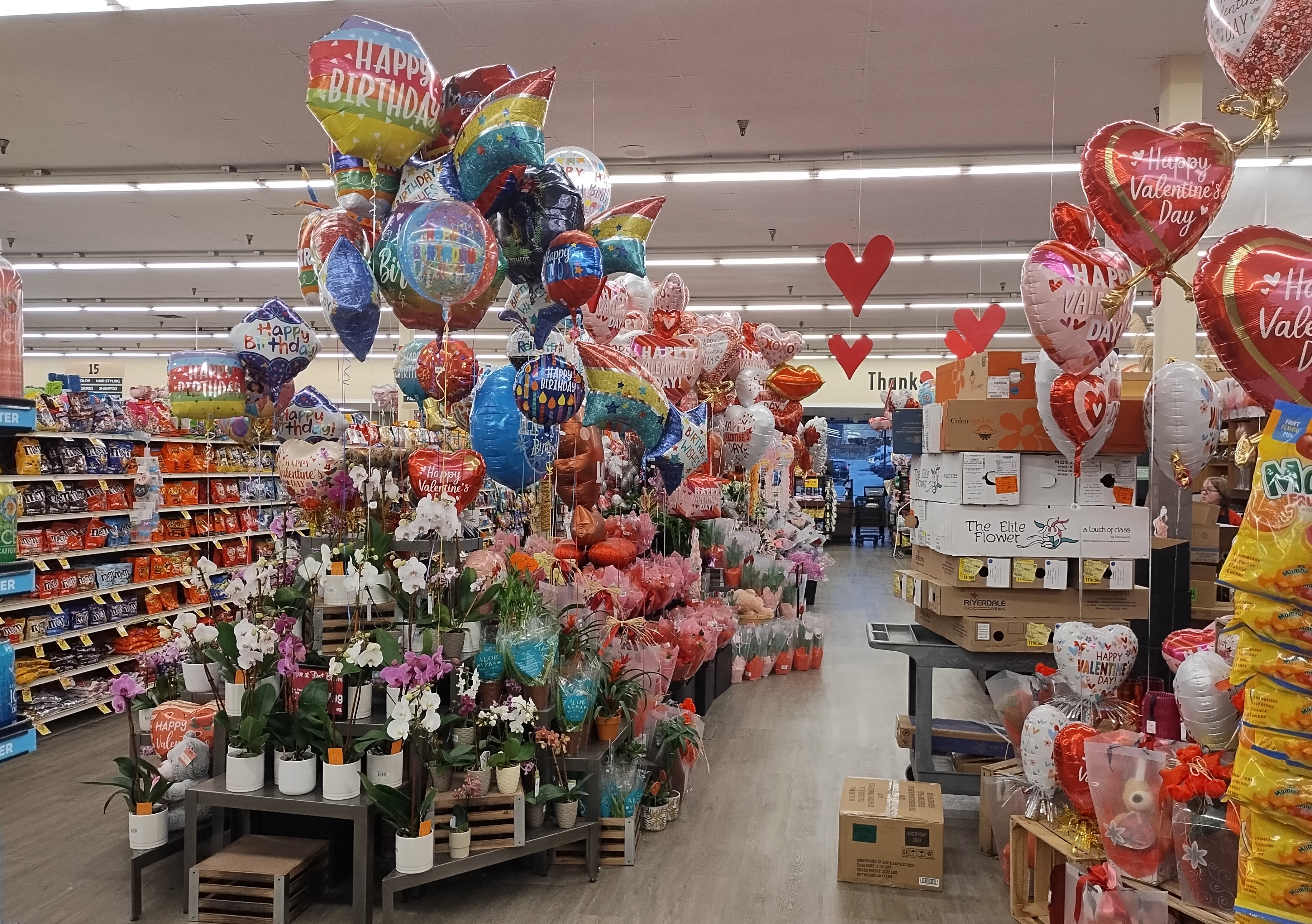
Wait – isn’t there a helium shortage? That’s one of those things I’ve half heard about, but never looked into much. Yes and no is the answer, at least according to an article, restricted to about four paragraphs for us non-subscribers of Gas World, about the prospects for the far-flung international helium market in 2024.
“Intelligas’ assessment of the worldwide supply of helium is about 5.9 billion cubic feet (Bcf) for 2023, up from about 5.7 Bcf in 2022 – back where we were in 2021.
“We forecast that worldwide supply will be short of demand until late 2024 if the large new sources of helium come onstream. The shortage that began in early 2022 when Amur suffered explosions at its first two LNG trains is still having an impact. And history has taught those of us in the helium business that large plants typically incur delays due to unexpected technical issues. Plenty of uncertainty remains.”
Amur explosions?
Again from Gas World, about two years ago: “New information about the explosion and fire that took place at Gazprom’s Amur natural gas processing facility on 5th January [2022] indicates that helium production will remain offline for at least the next six months.”
Maybe I heard about that at the time, but other news from Russia soon eclipsed anything as pedestrian as an industrial accident.
Good ol’ Gazprom. Its name, I believe, goes back to the late Soviet era. Say what you want about the commies, they came up with some boss names sometimes.
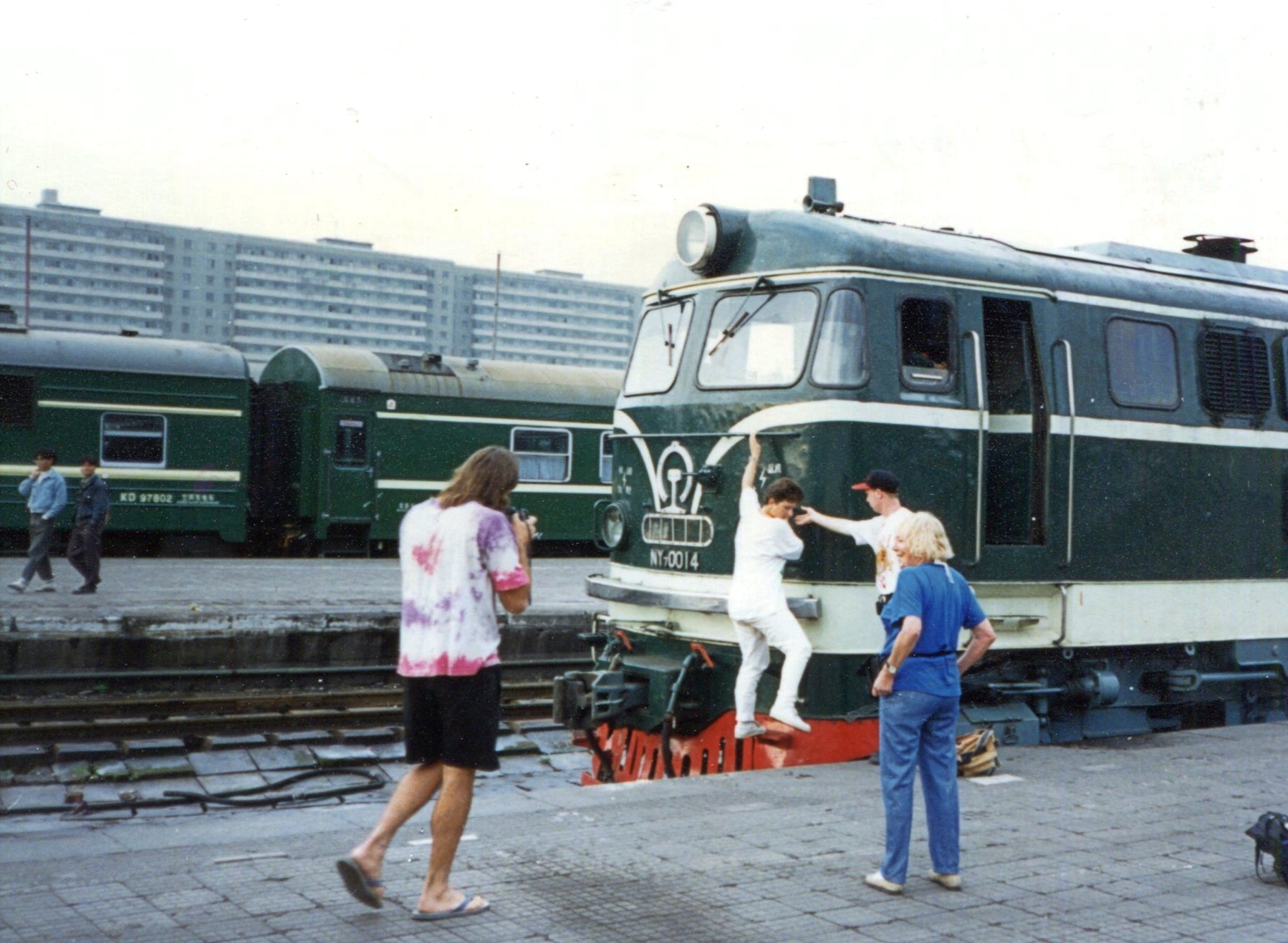
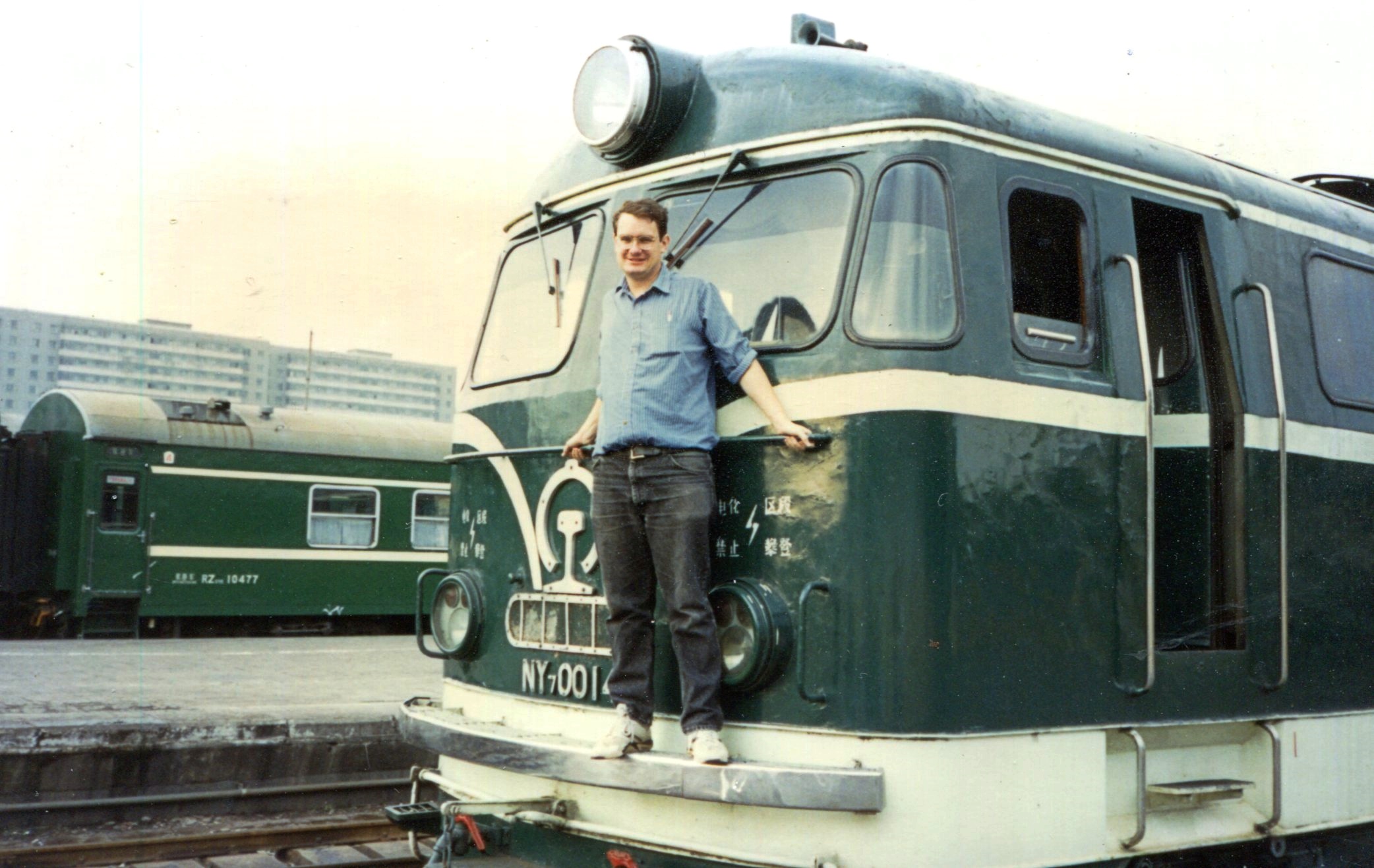
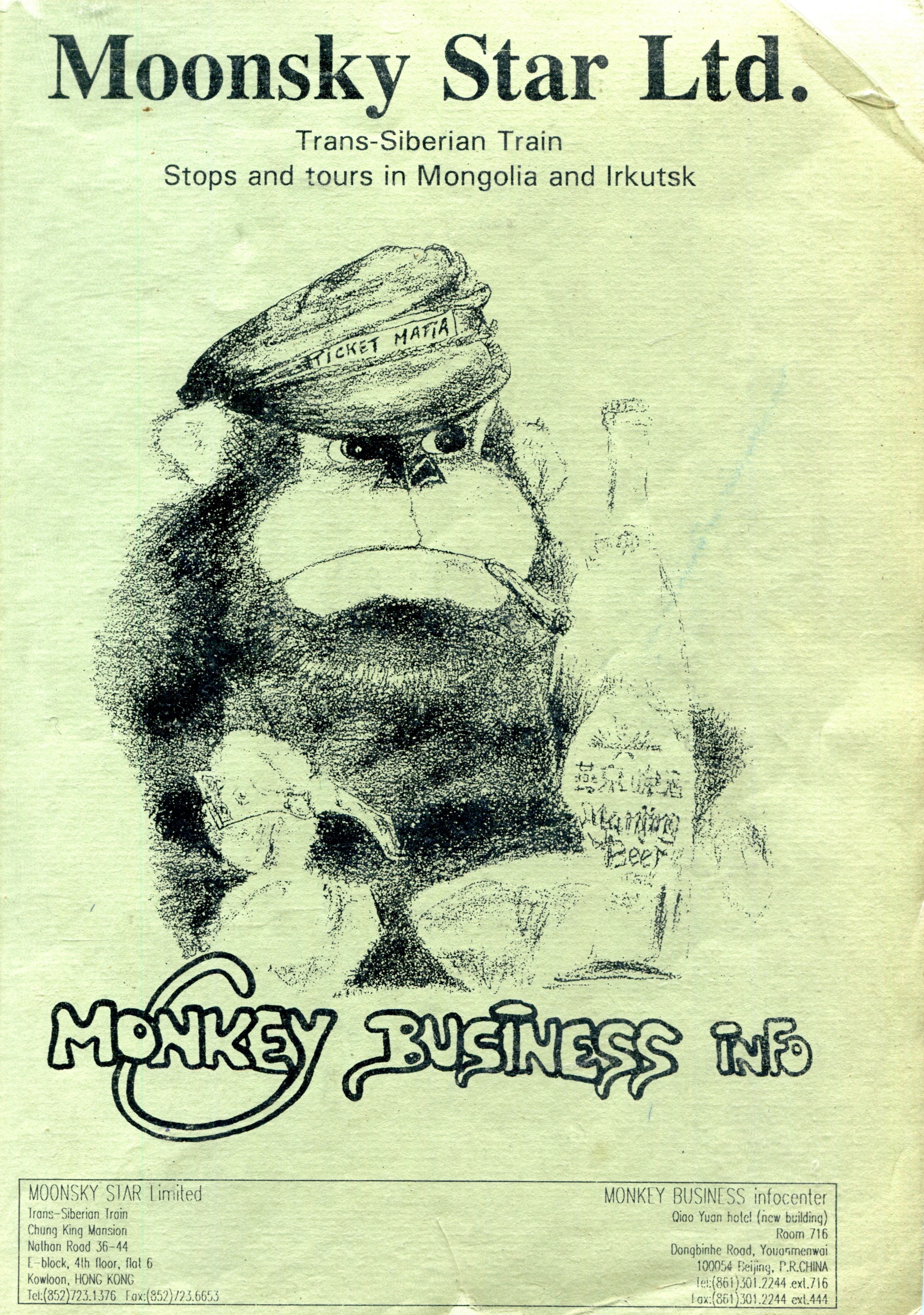


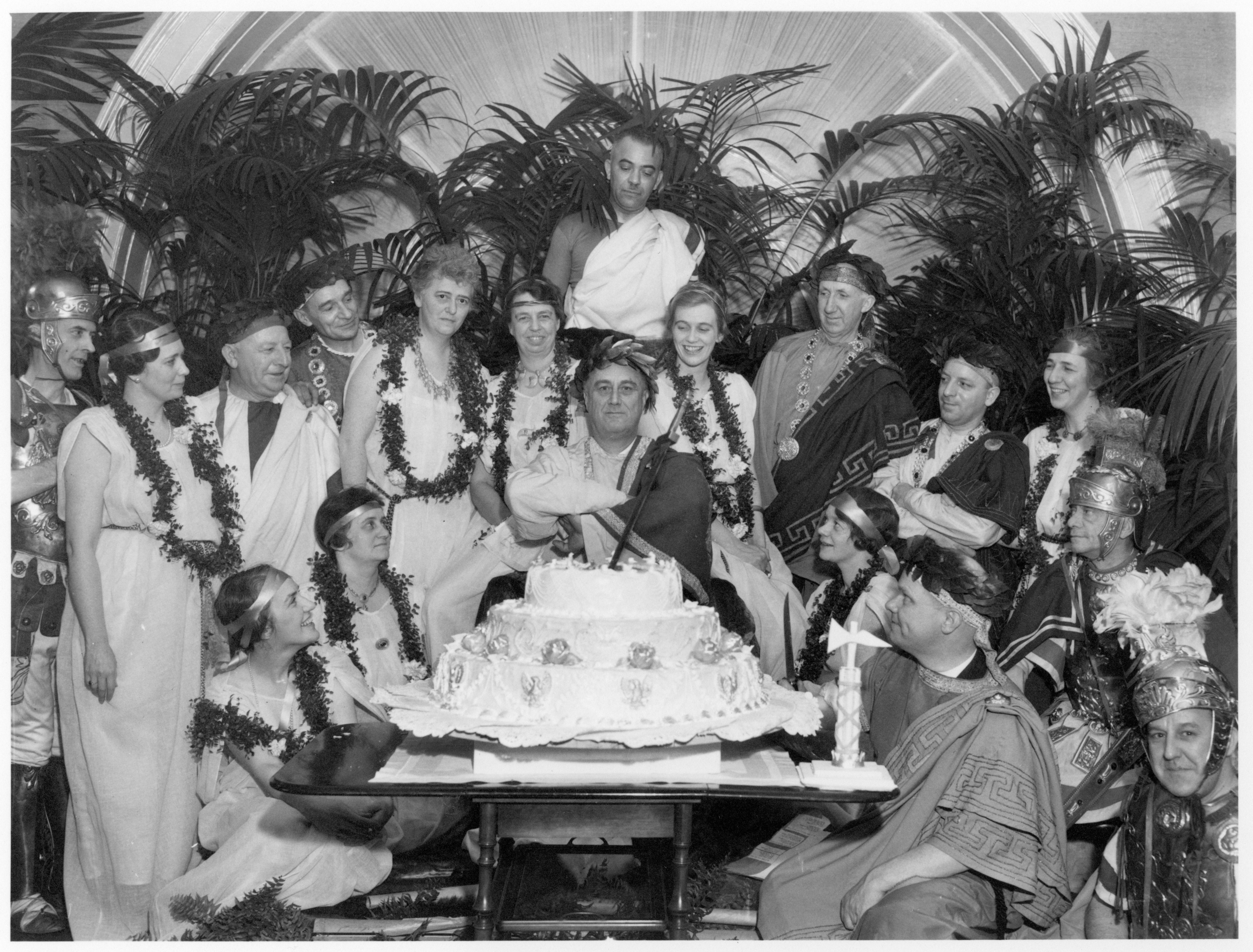

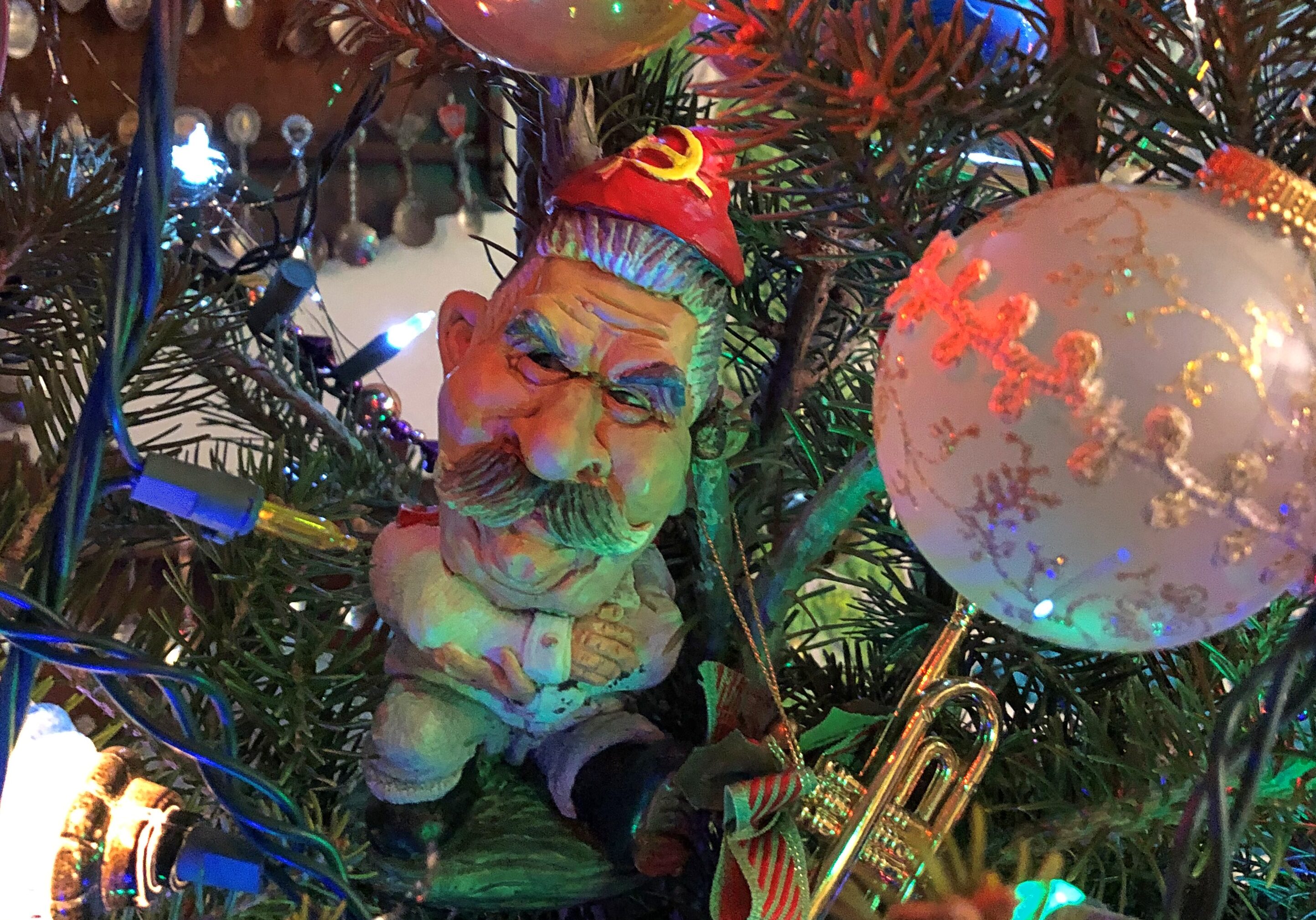

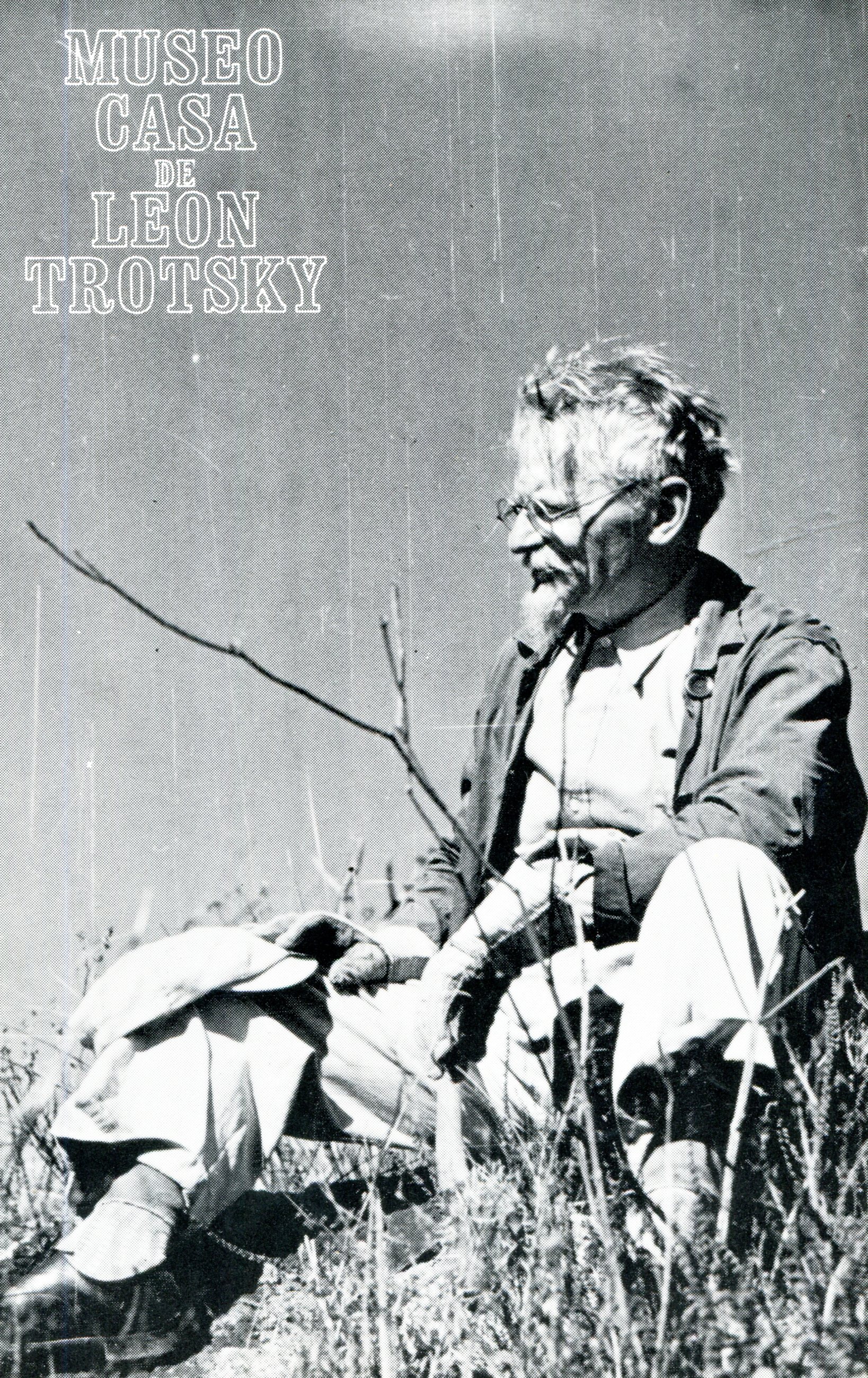



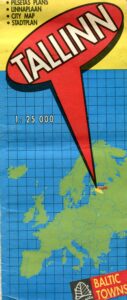
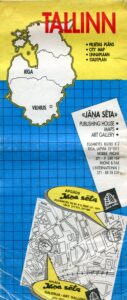
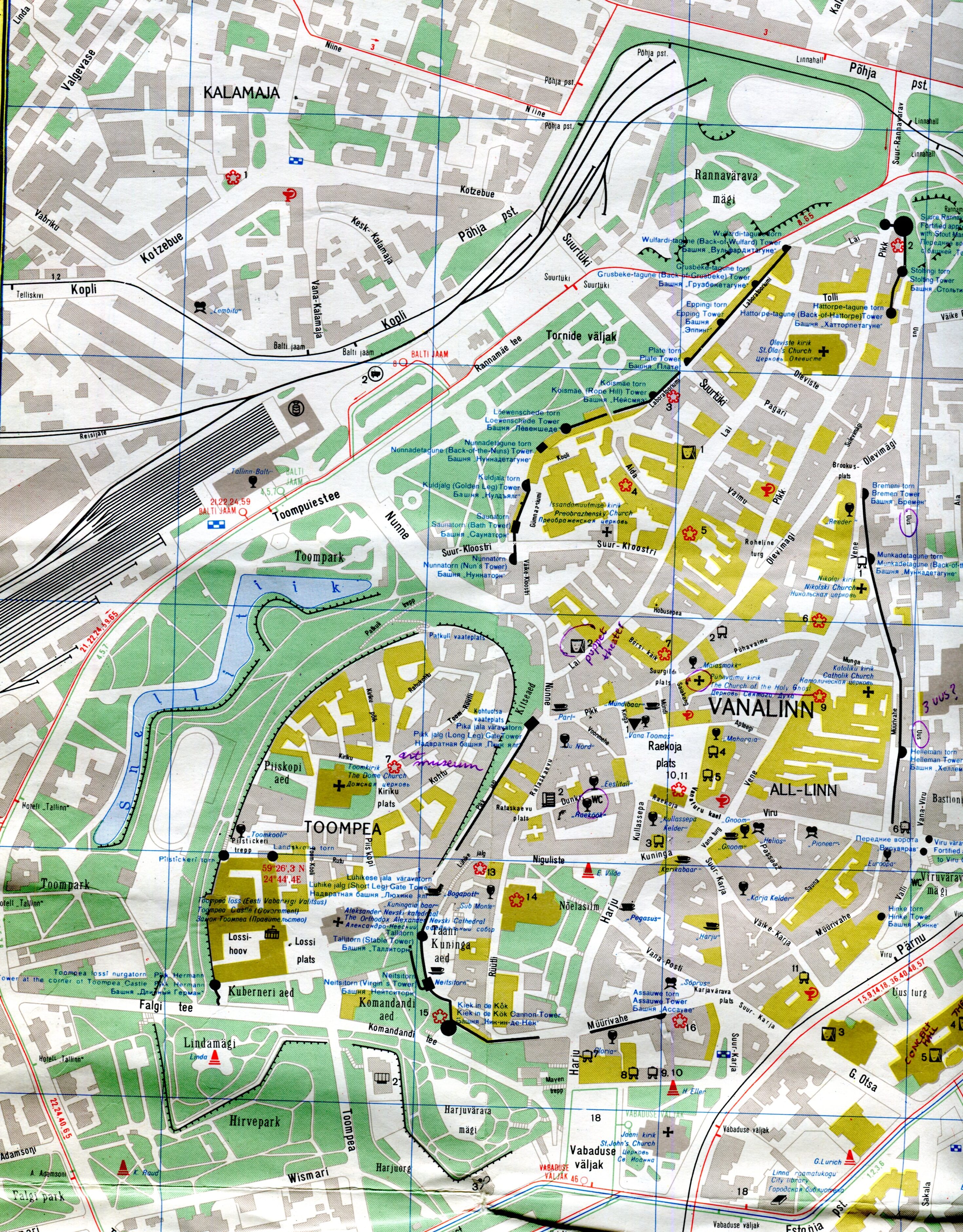


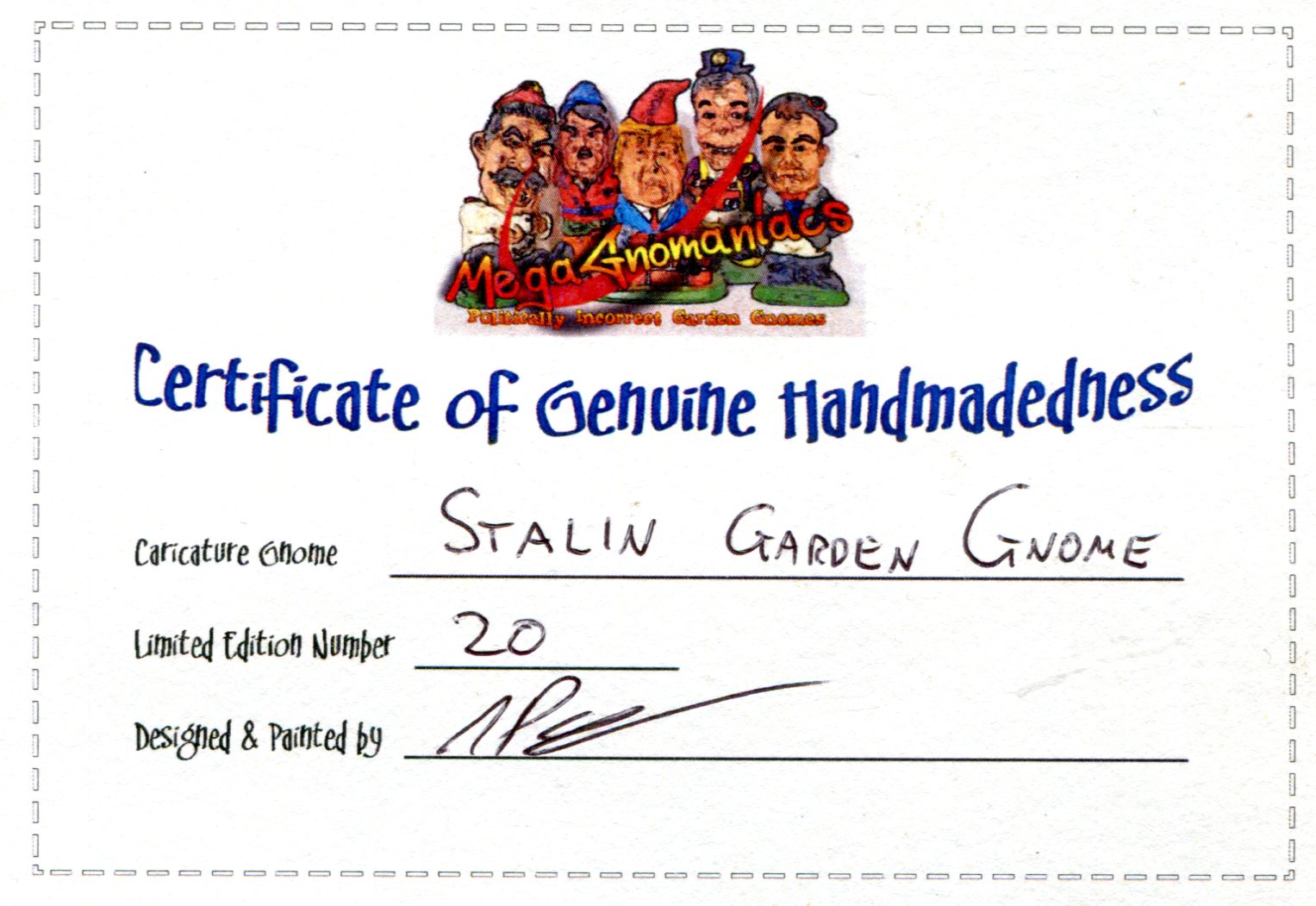




 After the main hall, we spent time at the Granger Hall of Gems, the Malott Hall of Jades and at a display of meteorites. Last time I visited the museum, we were promised that there would soon be a permanent exhibit of pieces of the Chelyabinsk Meteor,
After the main hall, we spent time at the Granger Hall of Gems, the Malott Hall of Jades and at a display of meteorites. Last time I visited the museum, we were promised that there would soon be a permanent exhibit of pieces of the Chelyabinsk Meteor, 



